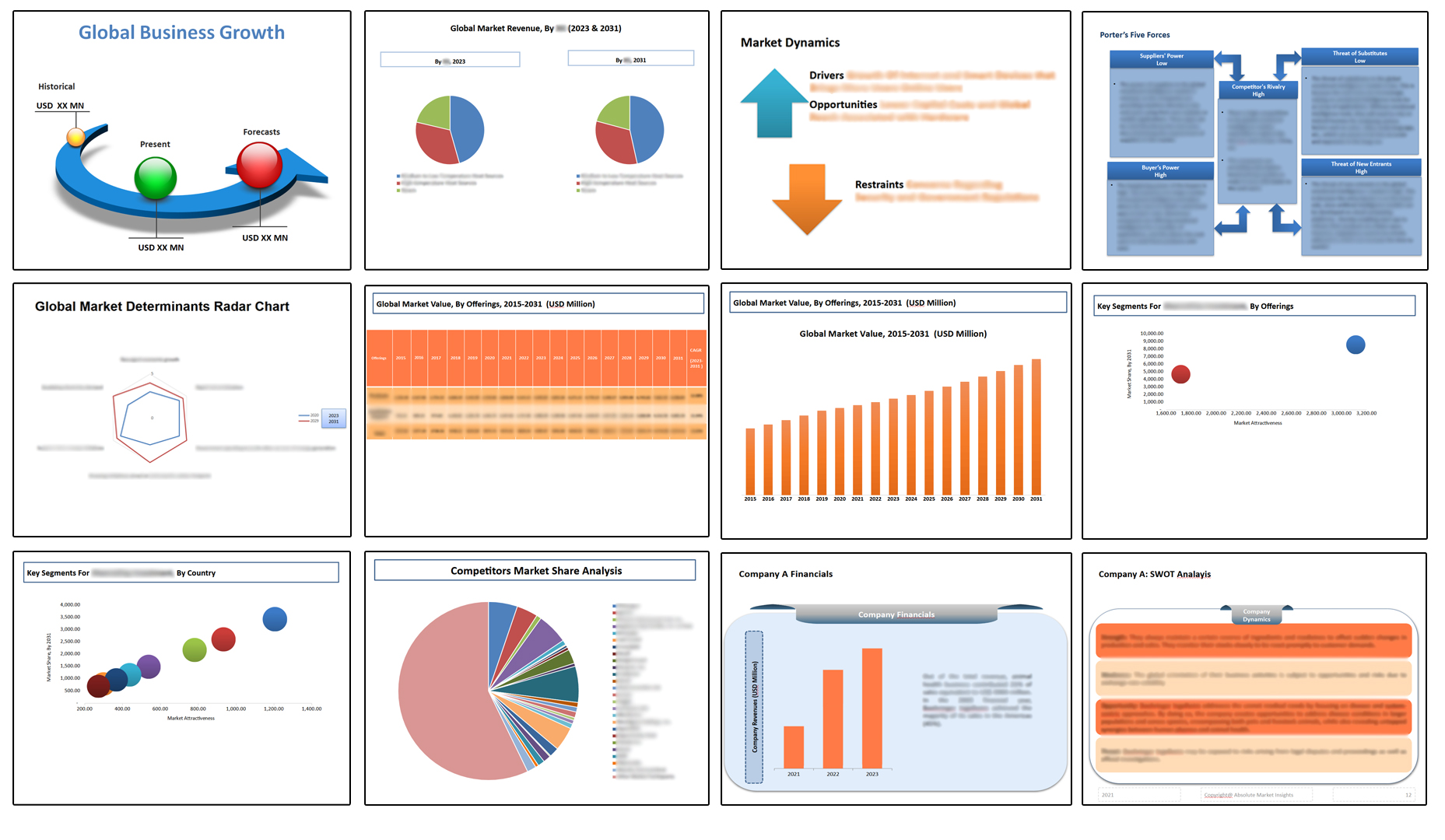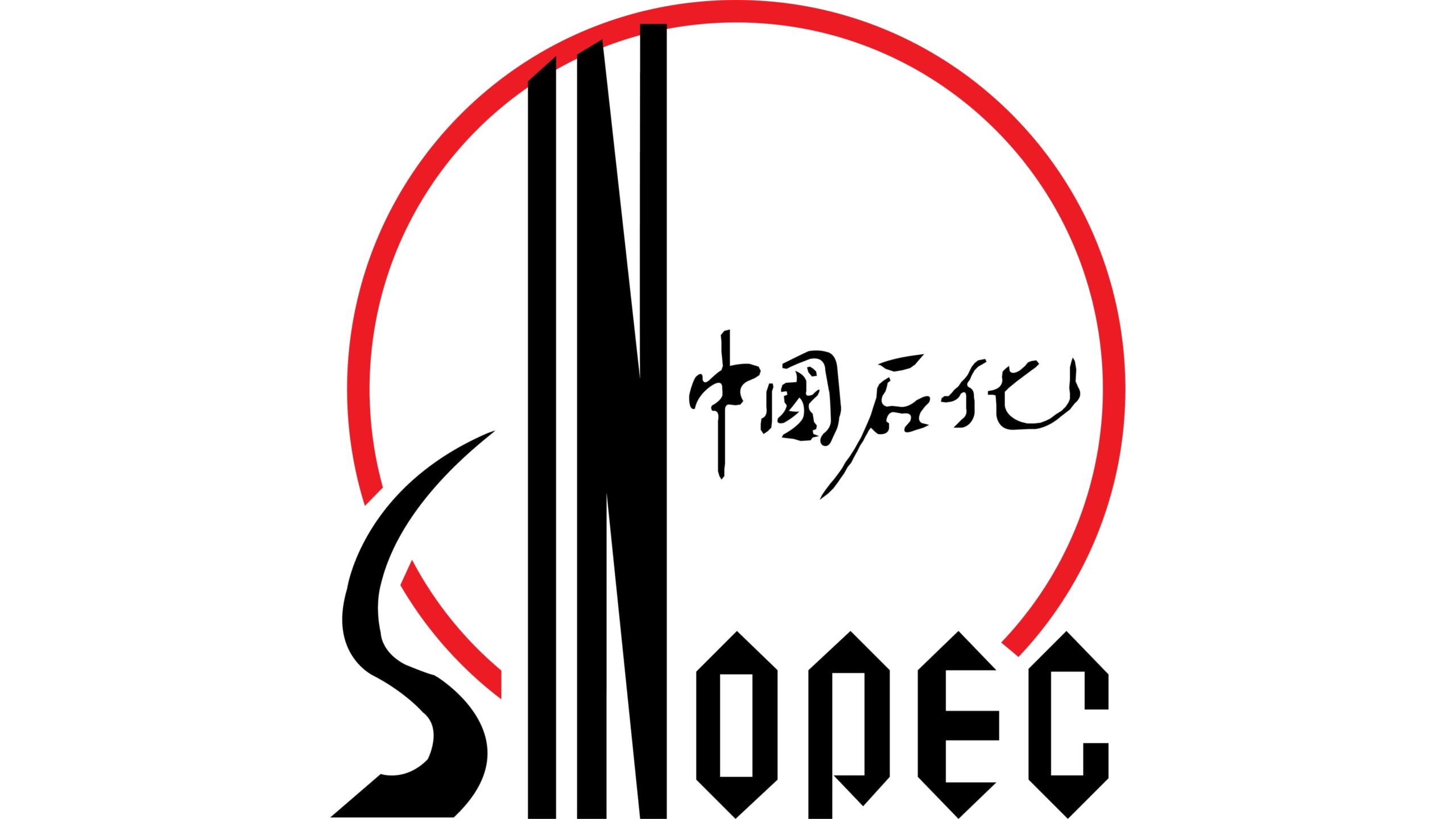Global Thermal Interface Materials Market Insights, Growth, Share, Size: By Type, By Distribution Channel, By End User Industry, By Region & Segmental Forecast, 2023-2031, Comparative Analysis and Trends
- Industry: Chemicals & Materials
- Report ID: TNR-110-979
- Number of Pages: 420
- Table/Charts : Yes
- December, 2023
- Base Year : 2024
- No. of Companies : 12+
- No. of Countries : 29
- Views : 10195
- Covid Impact Covered: Yes
- War Impact Covered: Yes
- Formats : PDF, Excel, PPT
Global Thermal Interface Materials Market Valued USD 3.58 Bn in 2022, with an Estimated CAGR of 11.2% (2023- 2031)
Thermal Interface Materials, or TIMs, are heat-conducting materials that connect two or more solid mating surfaces. These materials, for example, can help with thermal management in semiconductor devices and heat sinks by acting as gap fillers between the two mating surfaces. These materials facilitate heat transmission between the two surfaces while also increasing the effectiveness of the thermal management system.

Thermal interface materials are an important component of any efficient thermal management system. These materials are widely employed in consumer and industrial electronic systems to provide effective heat dissipation and to minimize local temperature overloads. Rise in demand for thermal interface materials across telecommunications, servers, gaming, cars, and aerospace industries has led to exponential rise in the overall thermal interface materials market.
Global Thermal Interface Materials Market Challenges
Thermal interface materials market faces several challenges due to various technical and thermal drawbacks of the materials. Achieving efficient heat transfer across interfaces remains a challenge due to factors such as air gaps, surface irregularities, and differences in thermal expansion coefficients between materials. Besides over time, some thermal interface materials can degrade due to temperature fluctuations, environmental exposure, and other factors. This degradation can negatively impact their thermal performance. Thus to overcome these challenges ongoing research and development, collaboration across market participants and a focus on understanding the unique thermal requirements of each application will upsurge the growth of the global thermal interface materials market.
Report Coverage and Deliverables

Modern electrical gadgets are distinguished by high power and frequency, as well as significant heat accumulation. Thermal interface materials are critical for effective heat dissipation in order to maintain optimum device functionality and lifetime. Polymer-based nanocomposites composed of polymers and low-dimensional materials with high thermal conductivity (TC) are the most promising TIMs.
In addition, PCTIMs (Phase Change Thermal Interface Materials) are developing as a game-changing solution to heat control in electrical systems. These cutting-edge materials are intended to improve the thermal performance of electronic devices, therefore increasing their efficiency and lifetime. These materials can aid to maintain optimal operating temperatures in electrical equipment by offering a more efficient conduit for heat transfer. This not only improves device performance but also increases device longevity by lowering the danger of heat damage. As a result, phase change thermal interface materials are positioned to play a crucial role in the thermal interface materials market’s future.
Furthermore, thermal interface materials market is gaining huge traction in the automotive industry and is anticipated to be the fastest growing segment in the global thermal interface materials market during the forecast period. Electric energy storage and traction drive systems with increased performance, expanded range, and fast-charging alternatives are required for the widespread adoption of electric transportation technologies. To offer improved thermal management of the batteries and power electronics, the ever-increasing power density of electric vehicle (EV) battery packs needs innovative thermal interface materials (TIMs). Current TIMs serve a critical role in ensuring the safe operation and consistent performance of current EVs. In thermal management applications, metal foams, phase-change materials, and carbon nanotube (CNT)-based materials show unique potential.
 Thermal interface materials market in North America is experiencing growth driven by factors like the transition towards electric and hybrid vehicles creating a strong demand for TIMs to manage the thermal challenges associated with high-capacity battery systems and power electronics. Additionally the strong presence of the leading market players in United States and Canada is proving to be an advantage for the overall growth of the thermal interface materials market.
Thermal interface materials market in North America is experiencing growth driven by factors like the transition towards electric and hybrid vehicles creating a strong demand for TIMs to manage the thermal challenges associated with high-capacity battery systems and power electronics. Additionally the strong presence of the leading market players in United States and Canada is proving to be an advantage for the overall growth of the thermal interface materials market.
Competitive Landscape
The report also offers extensive research on the key players in the global thermal interface materials market and details on the competitiveness of these players. The competitive landscape is characterized by partnerships, joint ventures, mergers and acquisitions, and collaborations aimed at accelerating the development and deployment of thermal interface materials.
Key players operating in the global thermal interface materials market are
- Arieca Inc
- Boyd
- DuPont
- Henkel Corporation.
- Honeywell International Inc
- Indium Corporation
- Infineon Technologies AG
- Laird Technologies, Inc.
- Linseis GmbH
- Nordson Corporation
- PARKER HANNIFIN CORP
- Prostech.
- Robert McKeown Company, Inc.
- Saint-Gobain
- Semikron Danfoss
- Shin-Etsu Chemical Co., Ltd
- STOCKWELL ELASTOMERICS, INC.
- SUR-SEAL
- T-Global Technology
- Other Industry Participants
Global Thermal Interface Materials Market Report Coverage
| Report Specifications | Details |
| Market Revenue in 2022 | US$ 3.58 Billion |
| Market Size Forecast by 2031 | US$ 8.04 Billion |
| Growth Rate (CAGR) | 11.2% |
| Historic Data | 2015 – 2021 |
| Base Year for Estimation | 2022 |
| Forecast Period | 2023 – 2031 |
| Report Inclusions | Market Size & Estimates, Market Dynamics, Competitive Scenario, Trends, Growth Factors, Market Determinants, Key Investment Segmentation, Product/Service/Solutions Benchmarking |
| Segments Covered | By Type, By Distribution Channel, By End User Industry |
| Regions Covered | North America, Europe, Asia Pacific, Middle East & Africa, Latin America |
| Countries Covered | U.S., Canada, Mexico, Rest of North America, France, The UK, Spain, Germany, Italy, Nordic Countries (Denmark, Finland, Iceland, Sweden, Norway), Benelux Union (Belgium, The Netherlands, Luxembourg), Rest of Europe, China, Japan, India, New Zealand, Australia, South Korea, Southeast Asia (Indonesia, Thailand, Malaysia, Singapore, Rest of Southeast Asia), Rest of Asia Pacific, Saudi Arabia, UAE, Egypt, Kuwait, South Africa, Rest of Middle East & Africa, Brazil, Argentina, Rest of Latin America |
| Key Players | Arieca Inc, Boyd, DuPont, Henkel Corporation., Honeywell International Inc, Indium Corporation, Infineon Technologies AG, Laird Technologies, Inc., Linseis GmbH, Nordson Corporation, PARKER HANNIFIN CORP, Prostech., Robert McKeown Company, Inc., Saint-Gobain, Semikron Danfoss, Shin-Etsu Chemical Co., Ltd, STOCKWELL ELASTOMERICS, INC., SUR-SEAL, T-Global Technology, Other Industry Participants |
| Customization Scope | Customization allows for the inclusion/modification of content pertaining to geographical regions, countries, and specific market segments. |
| Pricing & Procurement Options | Explore purchase options tailored to your specific research requirements |
| Contact Details | Consult With Our Expert
United States: +1 302-232-5106 United Kingdom: +447537105080 South Korea: +82-808- 703-126 Japan: +81 Saudi Arabia: + E-mail: askanexpert@thenicheresearh.com
|
Global Thermal Interface Materials Market
By Type
- Thermal Tapes
- Thermal Pads
- Thermal Putty
- Greases
- Gels
- Thermal Adhesives
- Dielectric Pads
- Gap Fillers
- Phase Change Materials
- Others
By Distribution Channel
- Direct
- Indirect
By End Users Industry
- Automotive
- Electronics
- Gaming and Entertainment
- Aerospace
- Industrial
- Healthcare
- IT and Telecommunication
- Defense
- Others
By Region
- North America (U.S., Canada, Mexico, Rest of North America)
- Europe (France, The UK, Spain, Germany, Italy, Nordic Countries (Denmark, Finland, Iceland, Sweden, Norway), Benelux Union (Belgium, The Netherlands, Luxembourg), Rest of Europe)
- Asia Pacific (China, Japan, India, New Zealand, Australia, South Korea, Southeast Asia (Indonesia, Thailand, Malaysia, Singapore, Rest of Southeast Asia), Rest of Asia Pacific)
- Middle East & Africa (Saudi Arabia, UAE, Egypt, Kuwait, South Africa, Rest of Middle East & Africa)
- Latin America (Brazil, Argentina, Rest of Latin America)
Table of Contents
Note: This ToC is tentative and can be changed according to the research study conducted during the course of report completion.
**Exclusive for Multi-User and Enterprise User.
Global Thermal Interface Materials Market Segmentation
Global Thermal Interface Materials Market –Type Outlook
Global Thermal Interface Materials Market –Distribution Channel Outlook
Global Thermal Interface Materials Market – End User Industry Outlook
Global Thermal Interface Materials Market – Regional Outlook
**Note: The report covers cross-segmentation analysis by region further into countries
The Niche Research approach encompasses both primary and secondary research methods to provide comprehensive insights. While primary research is the cornerstone of our studies, we also incorporate secondary research sources such as company annual reports, premium industry databases, press releases, industry journals, and white papers.
Within our primary research, we actively engage with various industry stakeholders, conducting paid interviews and surveys. Our meticulous analysis extends to every market participant in major countries, allowing us to thoroughly examine their portfolios, calculate market shares, and segment revenues.
Our data collection primarily focuses on individual countries within our research scope, enabling us to estimate regional market sizes. Typically, we employ a bottom-up approach, meticulously tracking trends in different countries. We analyze growth drivers, constraints, technological innovations, and opportunities for each country, ultimately arriving at regional figures.Our process begins by examining the growth prospects of each country. Building upon these insights, we project growth and trends for the entire region. Finally, we utilize our proprietary model to refine estimations and forecasts.
Our data validation standards are integral to ensuring the reliability and accuracy of our research findings. Here’s a breakdown of our data validation processes and the stakeholders we engage with during our primary research:
- Supply Side Analysis: We initiate a supply side analysis by directly contacting market participants, through telephonic interviews and questionnaires containing both open-ended and close-ended questions. We gather information on their portfolios, segment revenues, developments, and growth strategies.
- Demand Side Analysis: To gain insights into adoption trends and consumer preferences, we reach out to target customers and users (non-vendors). This information forms a vital part of the qualitative analysis section of our reports, covering market dynamics, adoption trends, consumer behavior, spending patterns, and other related aspects.
- Consultant Insights: We tap into the expertise of our partner consultants from around the world to obtain their unique viewpoints and perspectives. Their insights contribute to a well-rounded understanding of the markets under investigation.
- In-House Validation: To ensure data accuracy and reliability, we conduct cross-validation of data points and information through our in-house team of consultants and utilize advanced data modeling tools for thorough verification.
The forecasts we provide are based on a comprehensive assessment of various factors, including:
- Market Trends and Past Performance (Last Five Years): We accurately analyze market trends and performance data from preceding five years to identify historical patterns and understand the market’s evolution.
- Historical Performance and Growth of Market Participants: We assess the historical performance and growth trajectories of key market participants. This analysis provides insights into the competitive landscape and individual company strategies.
- Market Determinants Impact Analysis (Next Eight Years): We conduct a rigorous analysis of the factors that are projected to influence the market over the next eight years. This includes assessing both internal and external determinants that can shape market dynamics.
- Drivers and Challenges for the Forecast Period:Identify the factors expected to drive market growth during the forecast period, as well as the challenges that the industry may face. This analysis aids in deriving an accurate growth rate projection.
- New Acquisitions, Collaborations, or Partnerships: We keep a close watch on any new acquisitions, collaborations, or partnerships within the industry. These developments can have a significant impact on market dynamics and competitiveness.
- Macro and Micro Factors Analysis:A thorough examination of both macro-level factors (e.g., economic trends, regulatory changes) and micro-level factors (e.g., technological advancements, consumer preferences) that may influence the market during the forecast period.
- End-User Sentiment Analysis: To understand the market from the end-user perspective, we conduct sentiment analysis. This involves assessing the sentiment, preferences, and feedback of the end-users, which can provide valuable insights into market trends.
- Perspective of Primary Participants: Insights gathered directly from primary research participants play a crucial role in shaping our forecasts. Their perspectives and experiences provide valuable qualitative data.
- Year-on-Year Growth Trend: We utilize a year-on-year growth trend based on historical market growth and expected future trends. This helps in formulating our growth projections, aligning them with the market’s historical performance.
Research process adopted by TNR involves multiple stages, including data collection, validation, quality checks, and presentation. It’s crucial that the data and information we provide add value to your existing market understanding and expertise. We have also established partnerships with business consulting, research, and survey organizations across regions and globally to collaborate on regional analysis and data validation, ensuring the highest level of accuracy and reliability in our reports.















